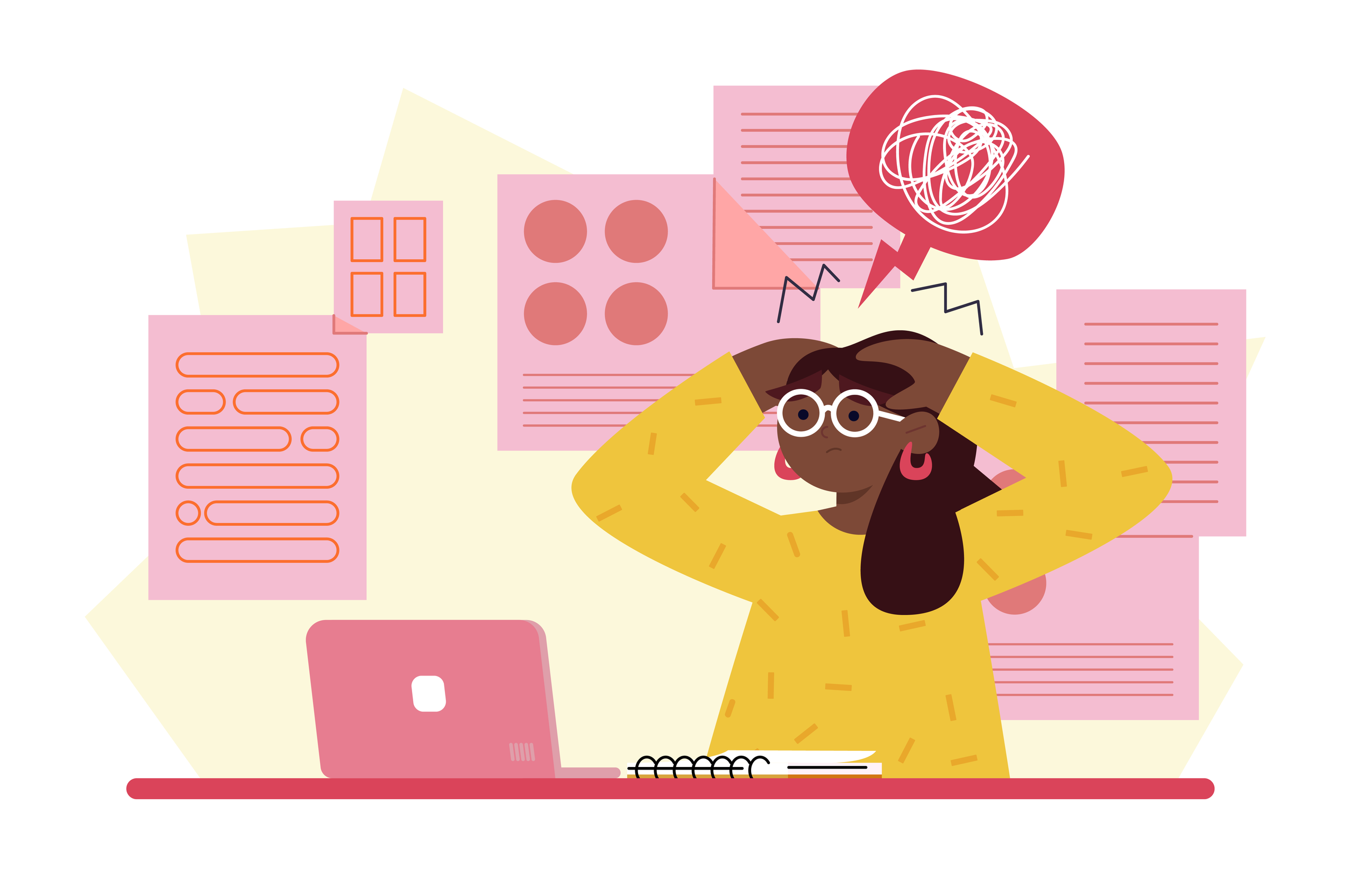UX Design Principles
Creating Intuitively designed products.
How We Do UX Design
At Moser UX, design success goes beyond aesthetics. While creating visually compelling experiences is important, our true focus lies in aligning design solutions with your business goals. We believe great design should not only look good but also solve problems, drive engagement, be Section 508 WCAG 2.2 compliant, and deliver measurable results.
Our process begins by understanding your objectives, target audience, and unique challenges. From there, we craft user-centric designs rooted in usability principles and accessibility standards. By combining creativity with a data-driven approach, we ensure that every design decision contributes to achieving your business outcomes. Additionally, we act as a "second set of eyes," providing an independent review of your application design against industry standards and trends to enhance usability and effectiveness.
Design isn't just about how it looks; it's about how it works and how it elevates your success. Our expertise spans both UX and UI design, ensuring seamless, functional, and visually appealing solutions.
How Can UX design help?
Decreased Time on Task
Thoughtful design decisions streamline user workflows, reducing the time it takes to complete tasks. By focusing on intuitive navigation, clear interfaces, and efficient interactions, we ensure users can accomplish their goals quickly and easily.
Deliver Business Value
Design isn’t just about aesthetics—it’s about driving results. We align your KPIs, whether the focus is "Time on Task" for business applications or retention for consumer platforms, to create designs that directly support your goals. Every design decision is made with your business outcomes in mind.
Increase User Satisfaction with the Brand
Great design fosters trust and loyalty. By creating seamless, enjoyable experiences, we not only meet user needs but also elevate how they feel about your brand. Increased satisfaction leads to stronger engagement, advocacy, and long-term success.
Design-Blogs
FAQs
-
At Moser Consulting, UX design is about creating seamless, meaningful interactions between users and your digital products. By focusing on usability, accessibility, and interaction design, we help businesses reduce friction, improve user satisfaction, and achieve measurable success. Whether you're a startup aiming to scale or an enterprise modernizing workflows, our designs deliver results.
-
Partnering with Moser ensures that usability issues are addressed early, preventing costly rework. For example, in our work with the Indiana Department of Family Resources, we implemented a robust design system that streamlined workflows, saving the state significant time and development costs. Our process ensures your investment in UX delivers long-term efficiency and value.
-
At Moser, we understand that UX and UI design serve distinct purposes. UX ensures the product is functional, accessible, and intuitive, while UI focuses on its visual appeal. Together, they create a cohesive experience, as demonstrated in our collaborations with state and enterprise clients where both aspects were critical to success.
-
Moser utilizes data-driven metrics such as task completion rates, user satisfaction scores, and error reduction to assess success. Our redesign of the Indiana Unemployment system resulted in zero accessibility lawsuits over three years—a testament to the effectiveness of thoughtful UX design.
-
Moser’s UX process is tailored to each project’s needs. It typically includes research to understand user behaviors, ideation to explore solutions, prototyping and testing to refine designs, and final implementation with post-launch analysis. This collaborative, iterative approach ensures alignment with business goals and user expectations.
-
Moser specializes in complex, enterprise-level projects, seamlessly integrating UX into large-scale systems. In a multimillion-dollar state project involving multiple teams, we restructured workflows and introduced WCAG-compliant user testing frameworks, resulting in a more inclusive, efficient system that supported diverse user needs.










